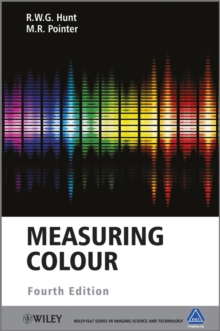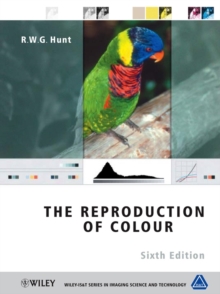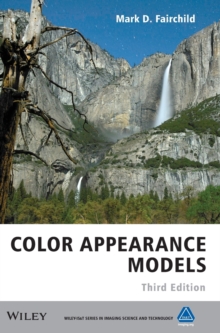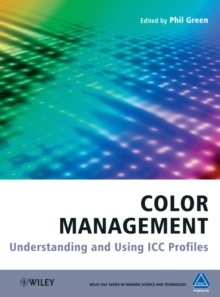
Sparsity and Low-Rank Models for Compressed Sensing in Biomedical Imaging Hardback
by Yoram Bresler, Jong Chul Ye
Part of the The Wiley-IS&T Series in Imaging Science and Technology series
Hardback
- Information
Description
Sparsity and Low-Rank Models for Compressed Sensing in Biomedical Imaging Yoram Bresler, University of Illinois at Urbana-Champaign, USA Jong Chul Ye, Korea Advanced Institute of Science and Technology (KAIST), Korea  Outlines the state of the art, the potential and the limitations of sparse and low rank modeling for biomedical imaging in a theoretically unified manner  Compressive sensing has made rapid and significant progress over the last decade and is an important tool enabling new sensing methodologies and substantially improved images in biomedical imaging.
Written by leading researchers in the field, this book presents a comprehensive overview of the use of sparse and low-rank models in computational biomedical imaging problems. Sparsity and Low-Rank Models for Compressed Sensing in Biomedical Imaging is structured into three main parts.
Part I provides the detailed background on sparse and low rank image modeling, and on compressed sensing, as used in recent applications in biomedical imaging.
Part II is a detailed survey of biomedical imaging methods based on sparse and low rank image models.
Part III describes optimization algorithms which are essential for the fast implementation of the methods in the book. Â Key features: Outlines the state of the art, the potential and the limitations of sparse and low rank modeling for biomedical imaging in a theoretically unified manner. Emphasizes the fundamental mathematical and modeling principles that are common to the various techniques, while at the same time, identifying the features that are specific to each modality or sub-modality. Provides precise formulations and key theoretical results, and the interpretation of their implications as they relate to medical imaging. Â The book is essential reading for biomedical imaging engineers and researchers; theoreticians and researchers of compressed sensing; and graduate students studying compressed sensing and biomedical imaging.
Information
-
Unavailable
- Format:Hardback
- Pages:512 pages
- Publisher:John Wiley & Sons Inc
- Publication Date:29/08/2014
- Category:
- ISBN:9781118910177
Information
-
Unavailable
- Format:Hardback
- Pages:512 pages
- Publisher:John Wiley & Sons Inc
- Publication Date:29/08/2014
- Category:
- ISBN:9781118910177



